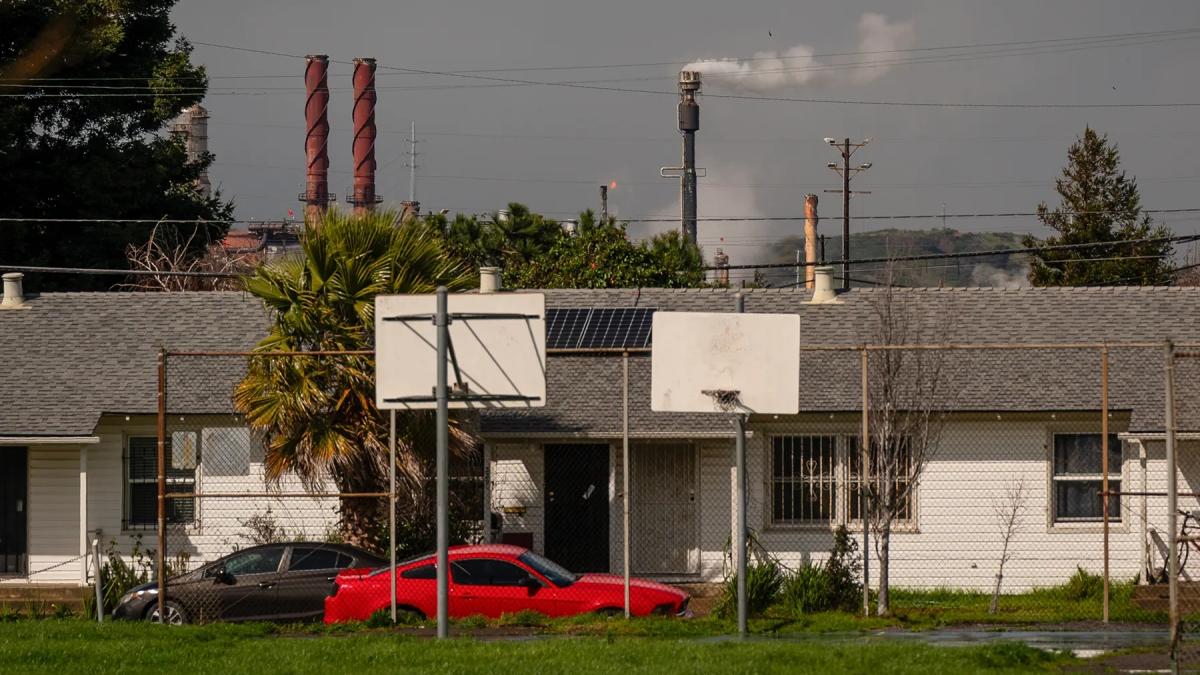This story was originally published by CalMatters.
The system that California uses to screen neighborhoods at risk of environmental harm is highly subjective and flawed, resulting in communities potentially missing out on billions of dollars in funding, according to new research.
The study, by researchers who began the project at Stanford University, investigated a tool that the California Environmental Protection Agency developed in 2013 as the nation’s “first comprehensive statewide environmental health screening tool” to identify communities disproportionately burdened by pollution.
Communities that are designated “disadvantaged” by the system, called CalEnviroScreen, can qualify for significant government and private funding. The tool has been used to designate vast swaths of the Central Valley, communities around the ports of Long Beach and Los Angeles, and neighborhoods in the Bay Area cities of Richmond and Oakland, among others.
The researchers foun... Read more
